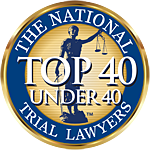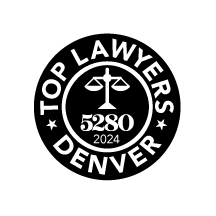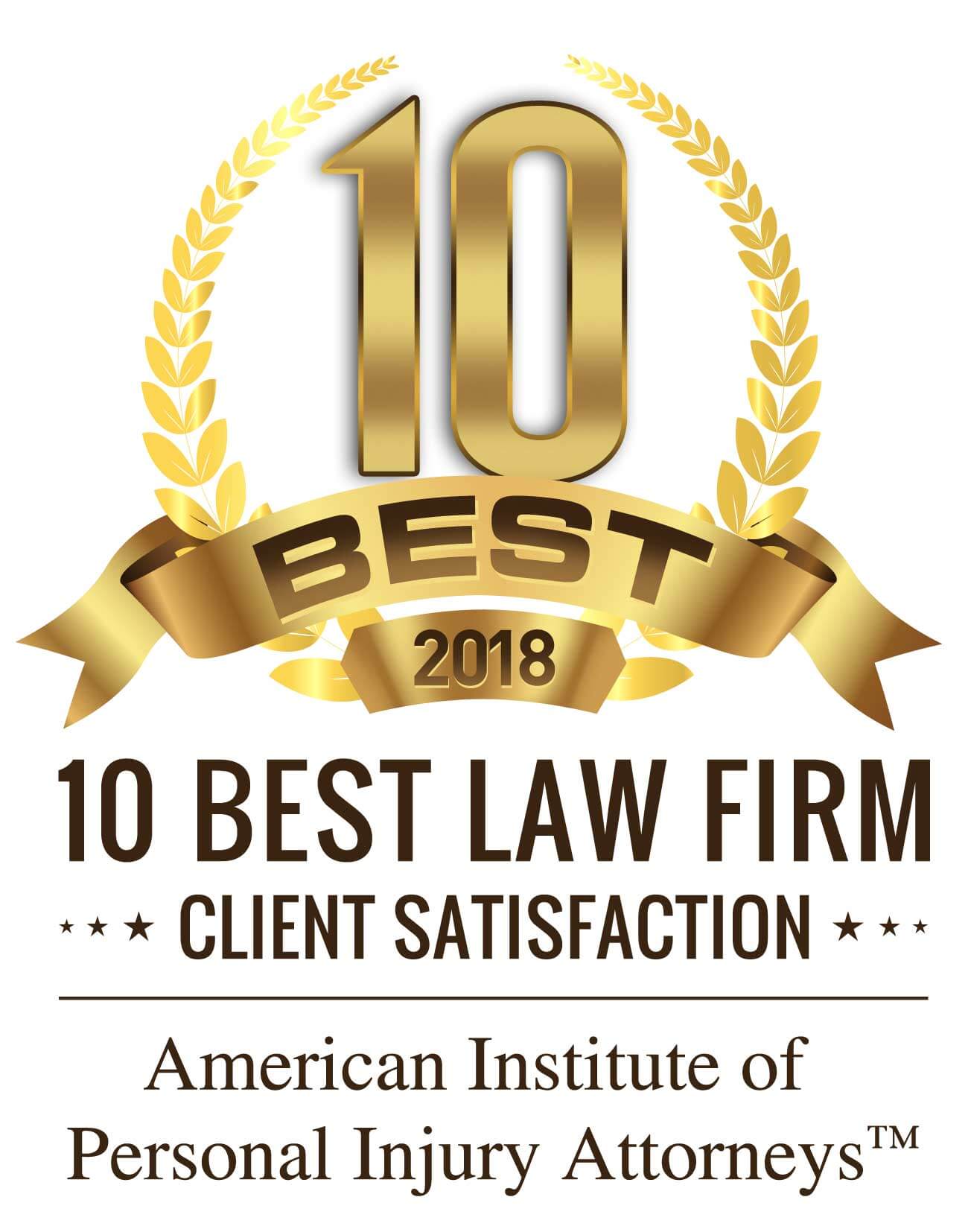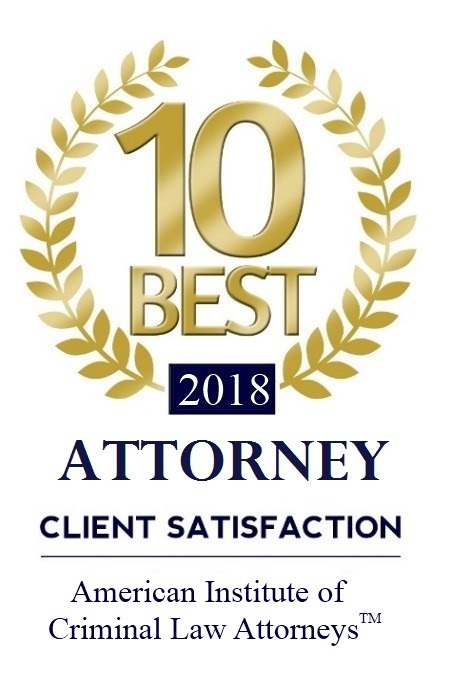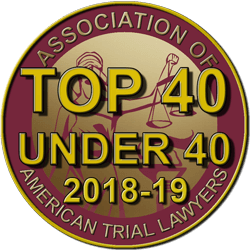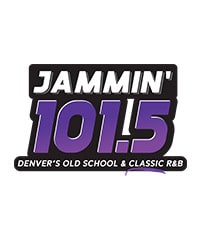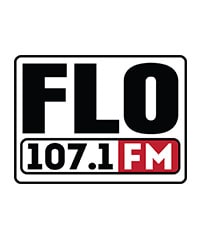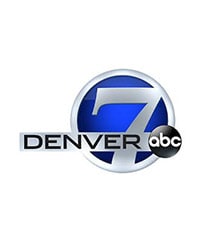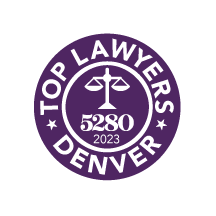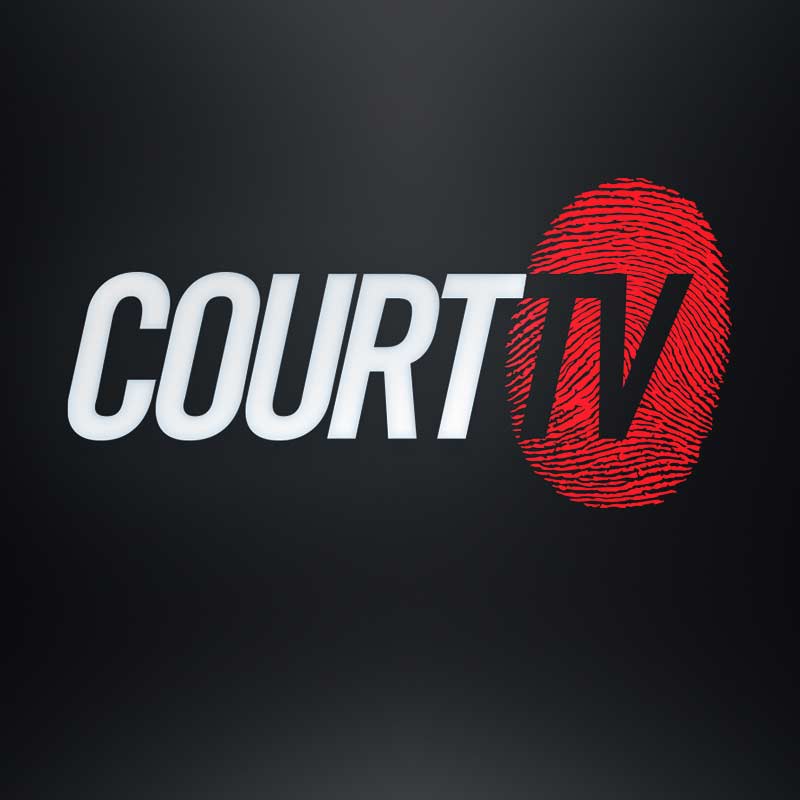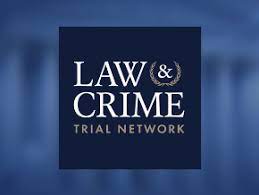Intersections are a necessary part of our roadways and infrastructure. However, they are a hot spot for many different types of accidents. Far too many people in Denver and all across the United States suffer injuries, some of them fatal, at or near intersections while using the roadways. If this happened to you or someone you love, speaking with a Denver car accident attorney as soon as possible is in your best interest.
Worst Intersections for Car Accidents in Denver
Based on the accident that occurred in a recent year, the worst intersections for Denver car accidents are as follows:
- Colorado Boulevard/East Colfax Avenue in the Hale neighborhood = 44 accidents
- West Mississippi Avenue/South Santa Fe Drive in the Overland neighborhood = 33 accidents
- West Mississippi Avenue/South Platte River Drive in Athmar Park = 32 accidents
- North Tower Road/East 56th Avenue in Gateway/Green Valley Ranch = 31 accidents
- Colorado Boulevard/East 40th Avenue in Northeast Park Hill = 30 accidents
- West Alameda Avenue/South Santa Fe Drive in the Baker neighborhood = 27 accidents
- South Quebec Street/East Alameda Avenue in the Windsor neighborhood = 26 accidents
- Park Avenue West/North Globeville Road in Globeville = 25 accidents
- West Colfax Avenue/Kalamath Street in Lincoln Park = 24 accidents
- Colorado Boulevard/East Martin Luther King Jr. Boulevard in North Park Hill = 24 accidents
There are many other intersections where accidents are common in the Denver area, as these are only the top ten most dangerous. No matter how careful you are when passing through an intersection, another driver might be negligent and cause a collision.
If this happens to you and you suffer injuries, immediately seek a consultation with a Denver car accident lawyer.
Common Causes of Intersection Accidents in Denver
The primary contributor to car accidents in Denver remains careless driving, topping the list of frequent causes. Following closely behind are lane violations, failure to yield, tailgating, and speeding. Beyond these prevalent factors, the additional causes specific to intersection accidents in Denver include the following:
- Inexperienced Drivers: Novice drivers navigating Denver’s roadways may be in intersection accidents due to a lack of familiarity with traffic patterns and right-of-way rules.e
- Aggressive Driving: Instances of aggressive driving, characterized by behaviors such as excessive speeding, abrupt lane changes, and hostile interactions with other road users, can escalate the risk of accidents at intersections.
- Drunk Driving: Driving under the influence of alcohol remains a significant concern, leading to impaired judgment and slower reaction times, particularly at intersections where quick decision-making is crucial.
- Congested Roadways: Denver experiences periodic influxes of visitors, leading to congested roadways during certain times of the year. Increased traffic density can contribute to intersection accidents as drivers navigate the city’s bustling streets.
- Adverse Weather Conditions: Denver’s weather can be unpredictable, with snow, ice, and sleet posing challenges for drivers. Inclement weather conditions amplify the risk of accidents at intersections due to slippery roads and reduce visibility, demanding heightened caution.
- Inexperienced Driving on Frozen Terrain: Given Denver’s susceptibility to frozen terrain during colder months, drivers inexperienced in navigating icy roads may encounter difficulties at intersections, potentially leading to accidents.
When you hire a knowledgeable Denver car accident attorney, they will thoroughly investigate your intersection accident to determine how it happened and who might be liable for your injuries.
The Most Dangerous Pedestrian Intersections in Denver
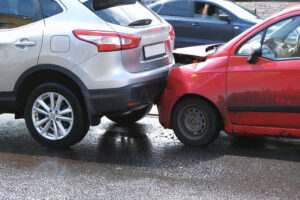 While certain regions are recognized for heavy traffic and increased motor vehicle accidents, specific intersections are particularly dangerous for pedestrians in Denver. The top five intersections contributing to pedestrian accidents are:
While certain regions are recognized for heavy traffic and increased motor vehicle accidents, specific intersections are particularly dangerous for pedestrians in Denver. The top five intersections contributing to pedestrian accidents are:
- South University Boulevard and East Asbury Avenue
- Blake Street and 20th Street
- North Broadway and East 13th Avenue
- North Lincoln and East Colfax
- Market and 20th
Although a majority of pedestrian accidents and fatalities occur on non-intersection roadways, approximately 17 to 20 percent still happen at intersections, as reported by the NHTSA. Despite proper signals, right-of-way protections, and pedestrian signage, accidents can occur when motorists and pedestrians intersect. Common scenarios leading to pedestrian accidents at intersections include:
- Motorists turning right or left while pedestrians are crossing
- Motorists proceeding through the intersection while pedestrians are crossing
- Motorists failing to adhere to traffic signals or signs
- Instances of general driver negligence
Recognizing these high-risk intersections and exercising increased caution when navigating them is important. Even with designated safety measures in place, the potential for accidents persists, highlighting the need for heightened awareness and adherence to traffic regulations by both motorists and pedestrians.
What Makes Intersections So Dangerous?
Intersections are considered high-risk areas for accidents due to several factors that increase the likelihood of collisions. Some key reasons include:
- Convergence of Traffic: Intersections are points where multiple roadways intersect, leading to the convergence of traffic from different directions. The complexity of managing vehicles moving in various directions simultaneously raises the potential for accidents.
- Conflicting Traffic Movements: Different vehicles within an intersection often have conflicting movements, such as turning left, right, or proceeding straight. Coordinating these varied maneuvers increases the risk of vehicles crossing paths and colliding.
- Right-of-Way Issues: Determining the right-of-way at intersections is crucial for smooth traffic flow. However, misunderstandings or violations of right-of-way rules can lead to accidents, particularly when drivers fail to yield to others as required.
- Pedestrian Crossings: Intersections are common locations for pedestrian crossings. The mix of pedestrians and vehicles creates additional challenges, as drivers need to be vigilant in watching for and yielding to pedestrians, and pedestrians must navigate traffic safely.
- Traffic Signal and Sign Complexity: Intersections often feature multiple traffic signals, signs, and road markings. Misinterpretation or disregard of these signals can result in accidents. Factors such as obscured signs, faulty signals, or inadequate visibility may further contribute to confusion. Suppose a collision occurs due to a malfunctioning traffic signal or an obscured road sign. In that case, liability may fall on the municipality responsible for maintaining the intersection’s traffic control devices.
- Left-Turn Accidents: Left-turn accidents are a common occurrence at intersections. Drivers attempting to make left turns must navigate oncoming traffic, leading to potential misjudgments, failure to yield, or collisions with vehicles going straight or making opposing left turns.
- Red-Light Running: Violations of traffic signals, especially running red lights, are a significant contributor to intersection accidents. Drivers running red lights risk collisions with vehicles lawfully entering the intersection from other directions.
- Distracted Driving: Intersections are critical points where split-second decisions are necessary, requiring the full attention of those behind the wheel. Drivers distracted by phones, navigation systems, or other factors may fail to react in time, increasing the likelihood of accidents.
- Speeding: Speeding through intersections heightens the severity of accidents. Faster speeds reduce reaction time and increase the impact force, making avoiding collisions or mitigating their consequences more challenging.
- Poor Weather Conditions: Adverse weather conditions, such as rain, snow, or ice, can further complicate intersection navigation. Reduced visibility, slippery roads, and compromised vehicle control contribute to an elevated risk of accidents. In adverse weather conditions, drivers are expected to adjust their driving behavior accordingly. If a driver fails to do so and causes an accident, they may be liable.
Denver’s Risky Highways: I-25 and I-70
In addition to the dangerous intersections in Denver, two of Denver’s most dangerous roads are I-25 and I-70. Running east and west through the city, I-70, in particular, has seen a significant number of car accident fatalities, reaching nearly 134 in a recent year. Many more people suffer injuries in I-70 crashes.
I-25 has gained notoriety as one of the highest-risk routes for drivers traveling along this main north-south artery through the city. The combination of consistently overcrowded lanes and frustrated drivers contributes to its heightened risk.
A comprehensive study by a local Denver news station examined police records of accident reports on I-25. Uncovering a critical finding, the stretch between Santa Fe and I-70 emerged as the deadliest section for drivers. This specific section of I-25 holds the unfortunate distinction of hosting the highest number of interstate crashes in the entire state of Colorado.
Highway accidents can cause particularly severe injuries, as the involved vehicles are often traveling at higher speeds. Many drivers might try to weave through traffic while going 70 miles per hour or faster, and if they hit another vehicle, the results can be devastating. Because both I-70 and I-25 are constantly crowded with traffic, a collision can easily cause a chain reaction, resulting in damage to multiple vehicles and injuries to several motorists.
If you suffered injuries on the interstate in Denver, immediately contact a trusted car crash attorney. They can sift through what happened to determine who should be liable for your injury claims and losses.
How Does an Attorney Determine Liability in an Intersection Accident?
A comprehensive evaluation of the collision’s circumstances determines liability in an intersection accident. Your attorney will consider various factors and analyze available evidence to establish who is at fault. Here’s an overview of the process and the factors involved in determining liability:
Police Report
After an intersection accident, law enforcement typically responds to the scene and creates an accident report. This report includes details such as the location, time, and cause of the accident and statements from involved parties and witnesses. The police report can provide valuable information in assessing liability.
Traffic Laws and Regulations
Traffic laws and regulations play a crucial role in determining liability. Violations such as running red lights, failure to yield, and disregarding stop signs can clearly establish fault. Adherence to right-of-way rules and other traffic regulations should be carefully examined.
Eyewitness Testimony
Statements from eyewitnesses who observed the accident can provide valuable insight. Their accounts may help corroborate or challenge the narratives of the involved parties, aiding in the determination of liability.
Traffic Signals and Signs
The functionality of traffic signals and signs at the intersection is assessed. Malfunctioning signals or obscured signs may contribute to the accident. They can shift liability to the entity responsible for maintaining the intersection’s traffic control devices.
Video Footage
Surveillance cameras at or near the intersection may capture the accident. Video footage can clearly depict the events leading up to the collision, helping to determine which party is at fault.
Vehicle Damage and Accident Reconstruction
Examining the damage to the vehicles involved can offer insights into the point of impact and the likely sequence of events. Accident reconstruction experts may analyze the scene and provide a detailed reconstruction of the accident.
Driver Statements
Statements made by the drivers involved in the accident are key. Admissions of fault, apologies, or other statements made at the scene or later may be evidence in determining liability. As such, you must avoid apologizing or admitting fault for an accident, even if you think it’s your fault. Instead, speak to your attorney about it; they will best know how to handle the situation.
Expert Opinions
Expert opinions from accident reconstruction specialists, engineers, or other professionals may provide a thorough analysis of the collision, especially in cases involving complex factors.
Liability determination is often a complex process that involves assessing multiple factors. Insurance companies, legal professionals, and sometimes the courts play significant roles in interpreting the evidence and allocating fault among the parties involved. When multiple parties share fault, apportioning their liability can be challenging, and your car accident lawyer can oversee this process.
Were You in a Denver Intersection Accident? Contact a Skilled Car Accident Attorney Today
An intersection accident can lead to severe injuries, requiring extensive medical treatment, on top of creating confusion about what you should do next. If you or a loved one recently suffered injuries in such an accident, never delay in contacting a Denver car accident attorney. Your attorney can assess the details of your accident and injuries to determine the next best steps for you. If it’s in your best interest to file an injury claim, they can handle that process. They can also represent you in settlement negotiations and file a lawsuit in Denver on your behalf if one becomes necessary.
Allow a trusted personal injury lawyer to handle the legal process while you focus on your medical treatment and physical recovery. Reach out for legal help today. Consultations are free.




